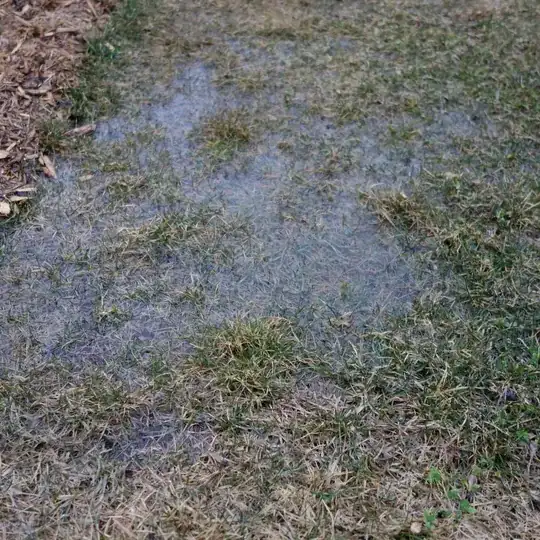I have 3 areas on my lawn where water pools when it rains. My soil is clay and the water takes a long time to be absorbed into the ground.
One of these area is bordered by a planting bed and patio, preventing the water from running off.
The other areas are shallower and I noticed that the grass is less strong there. Maybe because of the pooling, or is the pooling because of lack of grass?
Here is a photo taken in the early spring before the lawn has had a chance to start growing again (in summer it's greener).
This was taken about 2 hours after it stopped raining. During the rain the area was bigger.
What should I do to lessen/solve this problem? Are there alternatives to re-levelling large portions of my lawn (even if they are less efficient)
I'm in zone 4/5 if that matters.
